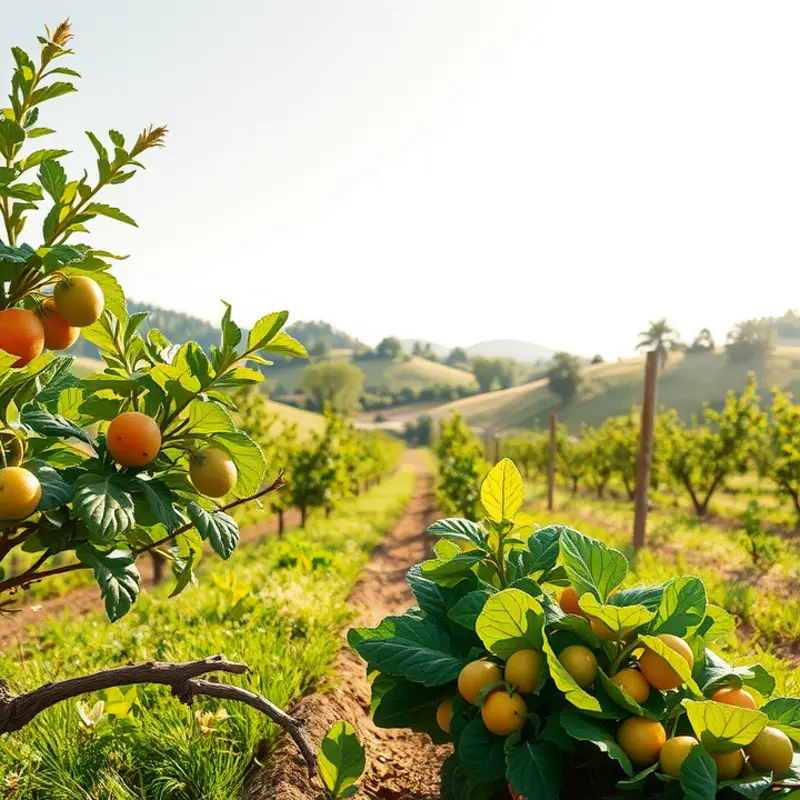From sumptuous feasts to delicate pastries, royal cuisine serves as a reflection of a culture’s heritage and sophistication. These dishes not only tantalize the taste buds but also narrate stories of tradition, artistry, and the intricate relationship between food and power. Join us on a delightful journey through the royal kitchens of the world, where every meal has been a grand affair and a testament to culinary prowess.
A Banquet Fit for a Monarch: Classic Dishes of European Royalty

The sumptuous world of European royal cuisine offers a delightful journey through history, reflecting the power and elegance long associated with monarchs. From medieval banquets to contemporary royal gatherings, these dishes have not only tantalized the palates of royalty but also defined cultural identity and influence across Europe.
One of the most celebrated royal dishes is France’s iconic bouillabaisse. Originally a humble fisherman’s stew from Provence, it ascended to regal status, aiding in showcasing the sophistication of French cuisine. The essence of bouillabaisse lies in its fragrant broth filled with herbs and saffron, accompanied by a variety of fish and shellfish. Over the centuries, the recipe has been refined to include more luxurious ingredients like lobster, symbolizing the grandeur of French culinary arts.
Moving east across Europe, the intricate pastries of Austria, particularly the Sachertorte, hold a prominent place in royal history. Created by Viennese patissier Franz Sacher in 1832 for Prince Wenzel von Metternich’s court, this decadent chocolate cake with a layer of apricot jam became a hallmark of Austrian nobility. Today, it remains a beloved symbol of Viennese coffee culture, where it continues to delight both commoners and royalty alike, preserving the sweet taste of Austria’s imperial past.
Italian cuisine has also seen its share of regal dishes, notably the elegant risotto alla Milanese. This creamy, saffron-infused delight was born out of the kitchens of the Visconti and Sforza courts during the Renaissance. Its rich, golden hue is said to represent opulence and abundance, qualities that Italian nobility prized. Risotto now graces fine dining tables worldwide, a testament to its culinary evolution from the royal palaces of Milan.
The influence of royal dining extends to the precise preparation and presentation of food, a practice further highlighted by the adoption and adaptation of dishes by the general populace. Techniques like open-fire cooking, once seen in royal banquets across Europe, remain relevant in today’s kitchens, connecting culinary enthusiasts to their gastronomic roots. Explore traditional open-fire cooking here for more insights on this remarkable technique.
The sumptuous spreads presented at these royal feasts were more than mere meals; they were carefully orchestrated events showcasing wealth, power, and cultural might. As nobility dined on these carefully crafted dishes, the European powerhouses influenced the wider world through their rich and varied cuisines, leaving a lasting legacy that transcends borders and time.
Thus, the dishes that once graced the tables of European royalty continue to inspire and captivate. They remind us of an era where each bite was a symbol of power and prestige, echoing the harmony of flavors cherished throughout history. The journey of these regal recipes towards modern dining tables speaks of a shared culinary heritage, linking past and present in a delicious celebration of cultural identity.
Exotic Delicacies: The Royal Feasts of Asia and Beyond

As we journey through the glorious kitchens of Asia, we unearth stories where gastronomy meets majesty. Among the vast tapestry of Asian royalty, India’s Mughal emperors stand out with their opulent tables. Central to their feasts was biryani, an aromatic rice dish layered with saffron, tender meats, and an array of spices. This dish not only tantalizes taste buds but also tells tales of the trade routes by which these spices traveled. Using ingredients like cardamom, cinnamon, and anise, biryani becomes a testament to culinary grandeur. Copper pots, traditionally used in its preparation, enhance flavors, celebrating an age-old cooking technique that remains revered today.
In the serene lands of Japan, another royal delicacy awaits: the intricate and elegant sushi. Served to emperors with a meticulous eye for detail, sushi reflects Japanese mastery in combining aesthetics and flavor. Traditional sushi chefs, often regarded as artisans, select the freshest fish, paired with sticky rice seasoned with rice vinegar. Serving sushi is an art form here, where the balance of flavors is as important as its visual presentation. The skills required for preparing sushi are passed down through generations, preserving the noble heritage of this culinary treasure.
Across these royal cuisines, what binds them is their immersive experience. Each bite transports you to a world where texture, aroma, and taste coalesce harmoniously. Whether it’s the rich spices of India or the minimalist sophistication of Japan, these dishes are enveloped in traditions and rituals that stand steadfast through time.
The regional ingredients in these dishes offer a glimpse into local ecosystems and historical trade. Saffron and spice routes influenced Indian royal kitchens, while Japan’s proximity to the sea offered a bounty of fresh seafood, integral to sushi’s evolution. As these ingredients illustrate regional diversity, they also underscore the importance of understanding where food comes from and how it impacts our environment.
For those keen on exploring culinary arts that connect deeply with tradition, traditional cooking methods offer a deeper insight. The ancient practice of open-fire cooking is still employed by some cultures, showcasing a technique that encapsulates the essence of time-honored preparation. Such techniques go beyond mere cooking—they tell stories of cultural identity and resilience.
In sum, royal dishes from Asia do more than satiate hunger; they provide a sensory voyage packed with rich history, complex flavors, and cultural significance. These culinary masterpieces offer a unique perspective into how emperors and dignitaries indulged in meals that symbolized power and prestige. With every sumptuous detail, these feasts remind us of the art and heritage encapsulated within Asian royal kitchens.
Final words
Culinary traditions tied to royalty highlight not only the art of fine dining but also the values and identity of each culture. These dishes, once reserved for kings and queens, have transcended time and borders, influencing modern gastronomy worldwide. By sharing these royal recipes and their stories, we preserve the rich heritage behind them, ensuring that future generations appreciate the artistry and cultural significance of food. Next time you indulge in a gourmet meal, think of the history that could be entwined in each delicious bite, allowing you to savor a piece of royalty!








